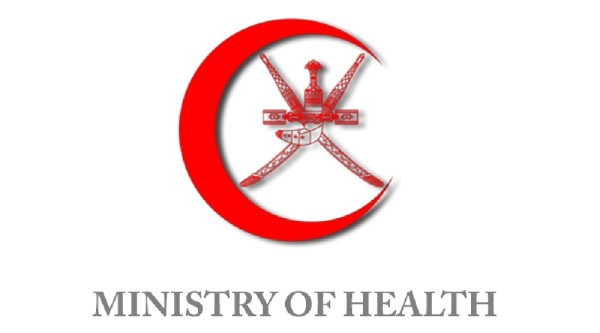

Muscat: The Ministry of Health has emphasised the need to postpone travel to countries affected by Marburg virus disease (MVD), except in extreme emergencies.
Dr. Amal Saif Al Maani, Director General of Disease Surveillance at the Ministry of Health, told Oman News Agency (ONA) that it is currently necessary to quarantine travellers arriving from Marburg-infected countries.
She stressed that the travellers who develop symptoms of Marburg (like fever, fever chills, muscle pain, rash or inflammation) have to isolate themselves from other people and go to the nearest medical care institution (emergency departments at health facilities). The symptoms include throat infection, diarrhoea, weakness, vomiting, stomach pain, unexplained bleeding anywhere or bruises, she added, noting that these could be felt even after 21 days. Such travellers have to report to a doctor that they arrived from an area that is affected with MVD.
Dr. Amal pointed out that MVD is similar to the Ebola virus and that it was known for the first time in 1967 in the cities of Marburg, Frankfurt and Belgrade. It was discovered among laboratory workers who were exposed to the tissues of infected African green monkeys imported from Uganda, she explained.
The disease is transferred from close contact with an infected person, though the virus does not propagate among human beings during its incubation period, which ranges from 2 to 21 days, she added.
A person can get the infection through physical contact with a patient’s blood or other body fluids like faeces, vomit, urine, saliva, and respiratory secretions or even semen, said Dr. Amal.
She noted that the probability of infected people’s transmitting the disease increases as their disease develops and that it peaks during the severe stage of infection, which can also be transmitted through the use of injections or exposure to contaminated needles. Such contact may lead to the occurrence of more severe cases of infection, rapid deterioration of health and an increased probability of death, she explained.
In more elaboration, Dr. Amal said, “The signs and symptoms of Marburg virus disease in humans begin suddenly with a severe headache and severe sickness associated with common symptoms of muscle pain and high fever on the first day of infection, followed by a gradual and rapid weakness.
On the third day of infection, the patient suffers from severe diarrhoea, abdominal pain and cramps, nausea and vomiting. The diarrhoea can last a whole week.
Severe haemorrhagic symptoms appear on many patients between the 5th and 7th day. Fatal cases are usually associated with a form of bleeding from several areas in a patient’s body, including the nose, gums and vagina.
Persistent high fever during the severe stage of the disease may affect the central nervous system, causing irritation and often orchitis (inflammation of one or both of the testicles). In fatal cases, death occurs between 8th or 9th day after the onset of symptoms.
It could be difficult to distinguish clinically between MVD and other infectious diseases such as malaria, typhoid fever, shigellosis, meningitis and other viral haemorrhagic fevers.
All age groups are vulnerable to MVD, although it was noticed that, before the Angolan outbreak, cases of children’s being affected were very rare. Upon the outbreak that occurred in Congo between 1998 and 2000, which was the largest reported outbreak before the Angola one, only 12 children were reported as having contracted the disease from among those aged below 5 years.”
Dr. Amal pointed out that no test is available to detect infection while a person is in the incubation period. She said that the disease can be diagnosed as soon as signs and symptoms appear, and that there are currently no approved vaccines or antiviral treatments for this virus.
However, supportive care and symptomatic treatment may help the patient improve,” she concluded.